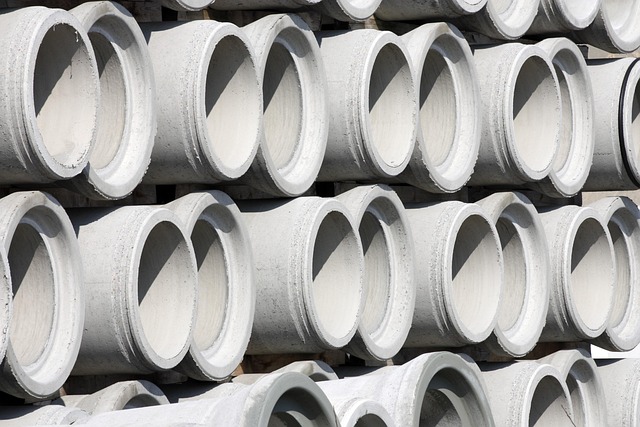DIY pipe insulation, using foam or fabric, offers cost savings on home improvements with benefits like freezing prevention and reduced energy loss. However, for complex plumbing systems or extreme conditions, improper application can lead to air gaps, water damage, and costly repairs. While DIY is suitable for minor projects, professional installation by skilled plumbers ensures safe and efficient piping protection in older homes and harsh climates, preventing significant damage.
Looking to insulate your pipes but unsure where to start? Discover the pros and cons of DIY pipe insulation and determine if it’s a project you can tackle yourself. This guide explores common scenarios to help you decide between DIY or professional installation. From cost-effectiveness to long-term benefits, we’ll equip you with a comprehensive checklist to make an informed choice. Boost energy efficiency, prevent freezing pipes, and ensure safe water flow – all with the right approach to DIY pipe insulation.
- Understanding DIY Pipe Insulation: Pros and Cons
- When to Opt for Professional Installation
- A Comprehensive Checklist for Making Your Decision
Understanding DIY Pipe Insulation: Pros and Cons

DIY pipe insulation has become increasingly popular among homeowners looking to save costs and take on home improvement projects themselves. It involves using materials like foam or fabric to insulate pipes, preventing freezing, reducing energy loss, and maintaining water temperature. The pros include cost savings by avoiding professional fees, flexibility in choosing materials and colors, and the satisfaction of completing a do-it-yourself project. However, there are also cons to consider. DIY insulation may not be as effective as professional installations, especially in extreme climates or complex plumbing systems. It requires proper tools and knowledge to ensure pipes are fully covered and sealed, preventing air gaps that could negate insulation benefits. Moreover, incorrect installation can lead to water damage or pipe bursts, causing costly repairs.
When to Opt for Professional Installation

While DIY pipe insulation can be a cost-effective solution for minor projects, there are instances where professional installation is paramount. Older homes or complex plumbing systems often require specialized knowledge and equipment to ensure safe and efficient piping. A qualified plumber can assess the scope of work, navigate intricate layouts, and identify potential hazards that might be overlooked by an amateur.
Professional installers possess the expertise to use the right materials for specific applications, ensuring pipes are adequately protected from freezing temperatures, condensation, or extreme fluctuations in temperature. This is especially crucial in regions with harsh climates where proper insulation can prevent costly damage to plumbing systems.
A Comprehensive Checklist for Making Your Decision

When deciding between DIY pipe insulation and professional installation, consider your comfort level with the task, budget constraints, and the specific needs of your plumbing system. For straightforward, small-scale projects, DIY methods can be cost-effective and efficient. However, for complex systems or to ensure optimal performance and safety, enlisting a professional plumber is often the best course of action. Using a comprehensive checklist, you can evaluate your project’s requirements and make an informed decision, whether choosing DIY pipe insulation or professional installation.
Pipefitter Information
National Institute for Occupational Safety and Health (NIOSH)
Occupational Safety and Health Administration (OSHA)
American Society of Mechanical Engineers (ASME)
SkillsUSA
